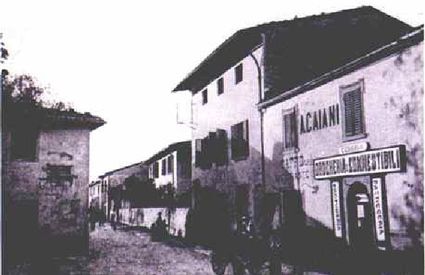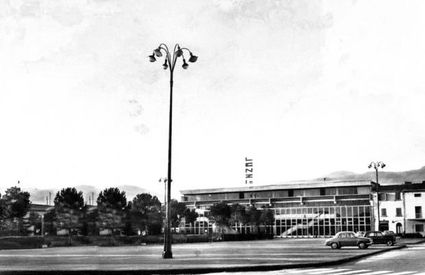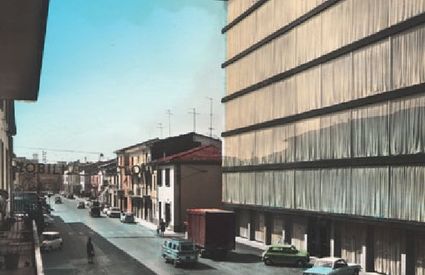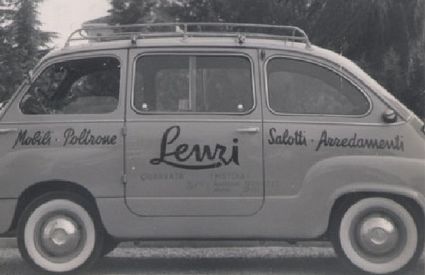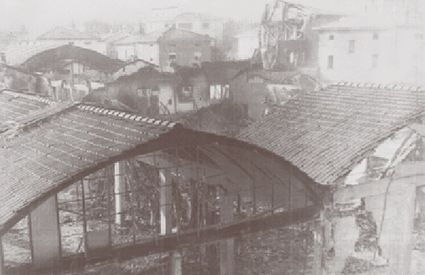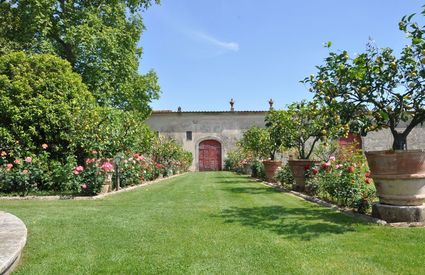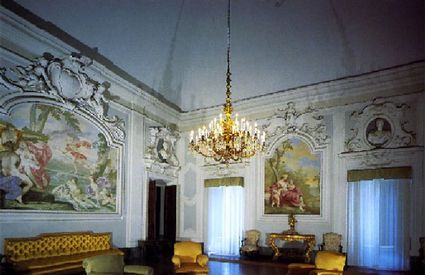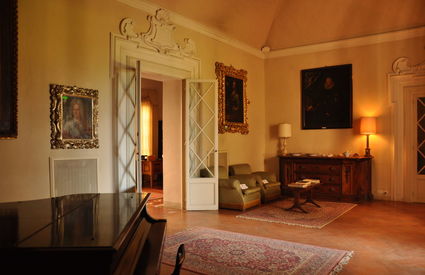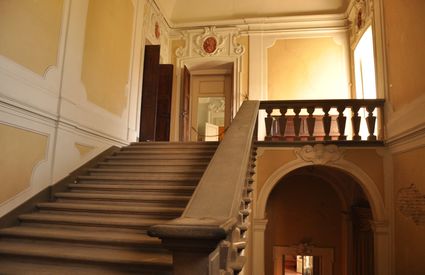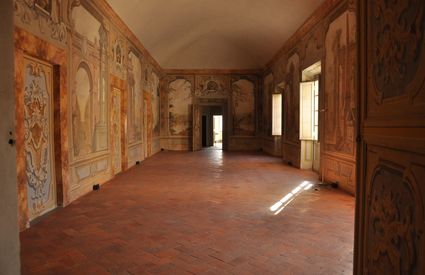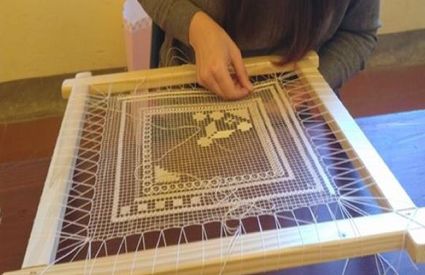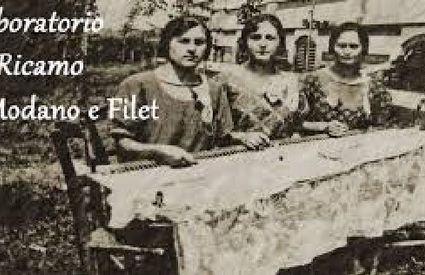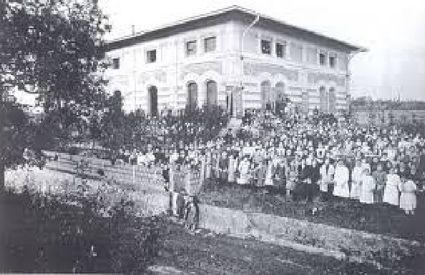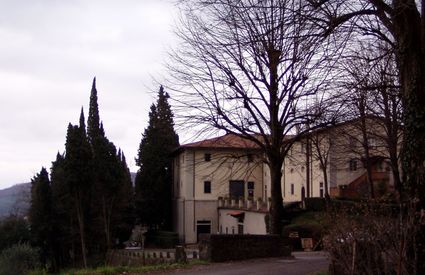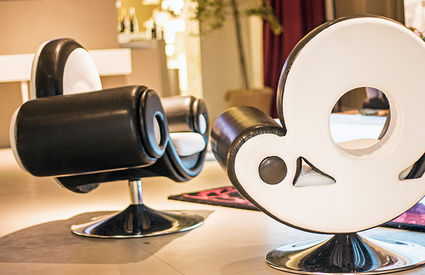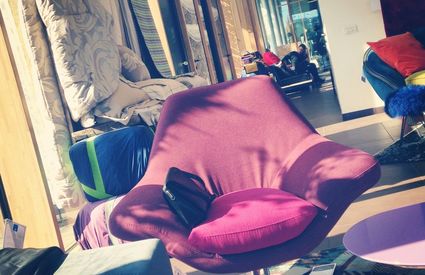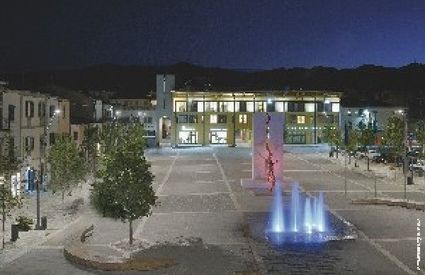Quarrata
Couches, filet lace and the magic pitcher
Memories and ancient trades: the history and character of a remote and diverse territory ~ by Antonietta Catapano
Couches, filet lace and the magic pitcher
Memories and ancient trades: the history and character of a remote and diverse territory ~ by Antonietta Catapano
My grandfather’s couches: made with Quarrata gold
When I was little I’d go to my grandfather’s workshop, filled with pieces of wood that he’d fill and then cover with leather and fabric, making beautiful moulded couches and armchairs.
Each piece would be completed with needle and threadwork, which my
grandfather carried out skillfully: I’d watch him work, enchanted by the
mastery with which he used the tools of his trade. My grandfather was very well
known and liked by everyone. He worked for the Lenzi company, which was
destroyed by a fire in 1968. Because of his craft, everyone called him Scorniciato (“Moulder”). That nickname definitely made me laugh!
In the evenings, just before he’d close up the workshop, he’d bring me in and take me around all the wood that needed to be refined, saying: Look, little one—this is the gold of Quarrata.
Villa La Magia and the magic pitcher
On Sunday, when my grandfather’s workshop was closed, he’d take me walking on the Barco Reale, the hunting estate that once belonged to the Medici family. There, standing tall and majestic, is the Villa La Magia, which became a UNESCO World Heritage Site in 2013.
The noble family Conti Amati Cellesi lived in the villa: from the gate, I’d admire the garden filled with lemon plants and roses, taking in the many varieties and colors. From there, I’d let my gaze wander up to the sweet hills of Montalbano.
My grandfather would tell me that inside the villa – a building filled with frescoes and works by famous artists – there was a copper pitcher, which the emperor Charles V had drunk from in 1536 after returning from a hunt. He never told me this, but I’m sure that it was a magic pitcher that could have made anyone who drank from it stronger and more courageous.
Filet lace
My grandmother also worked; as a young girl, she’d attended the Countess Spalletti’s embroidery school in the Villa di Lucciano.
With the noblewoman wanting to increase the potentials of her female compatriots, she decided to teach them a trade. To do it, she opened up her home and hosted an embroidery school that launched a filet lace production process. I loved watching her while she would embroider on the frame, where she would have already carefully arranged a net with a cotton thread. My grandmother’s embroidery work beautified the cupboards and dressers of her home and of many others in Lucciano and Quarrata.
Today, these beautiful works can be seen at the Museo del filet which is set up inside Villa La Magia.
“Scorniciato, what are you inventing today?” and tomorrow…
“Enough daydreaming!
It’s the evening and I need to close the furniture factory.”
Since the death of my grandfather, the
workshop has become mine: besides the couches and the armchairs, I produce kitchens
and bedrooms with help from architects and designers. I organized a furniture
exhibition and studied various languages, since my products now go all over the
world.
Many things have changed, but not the nostalgia that I hold for him: I miss his voice, his stories and the people that would come into his workshop and say: “Scorniciato, what are you inventing today?”
Maybe I’ll never reach his level, but I want to continue his tradition…both today and tomorrow!


